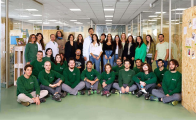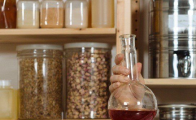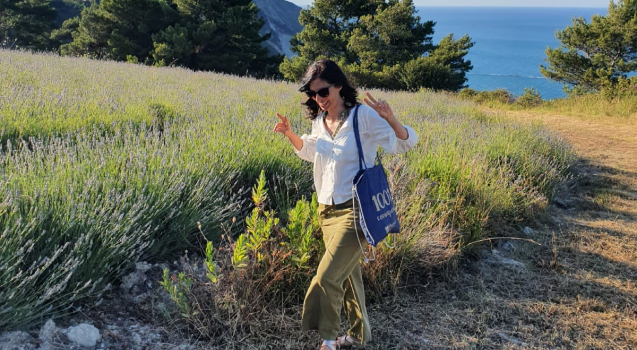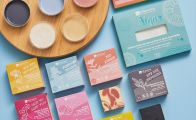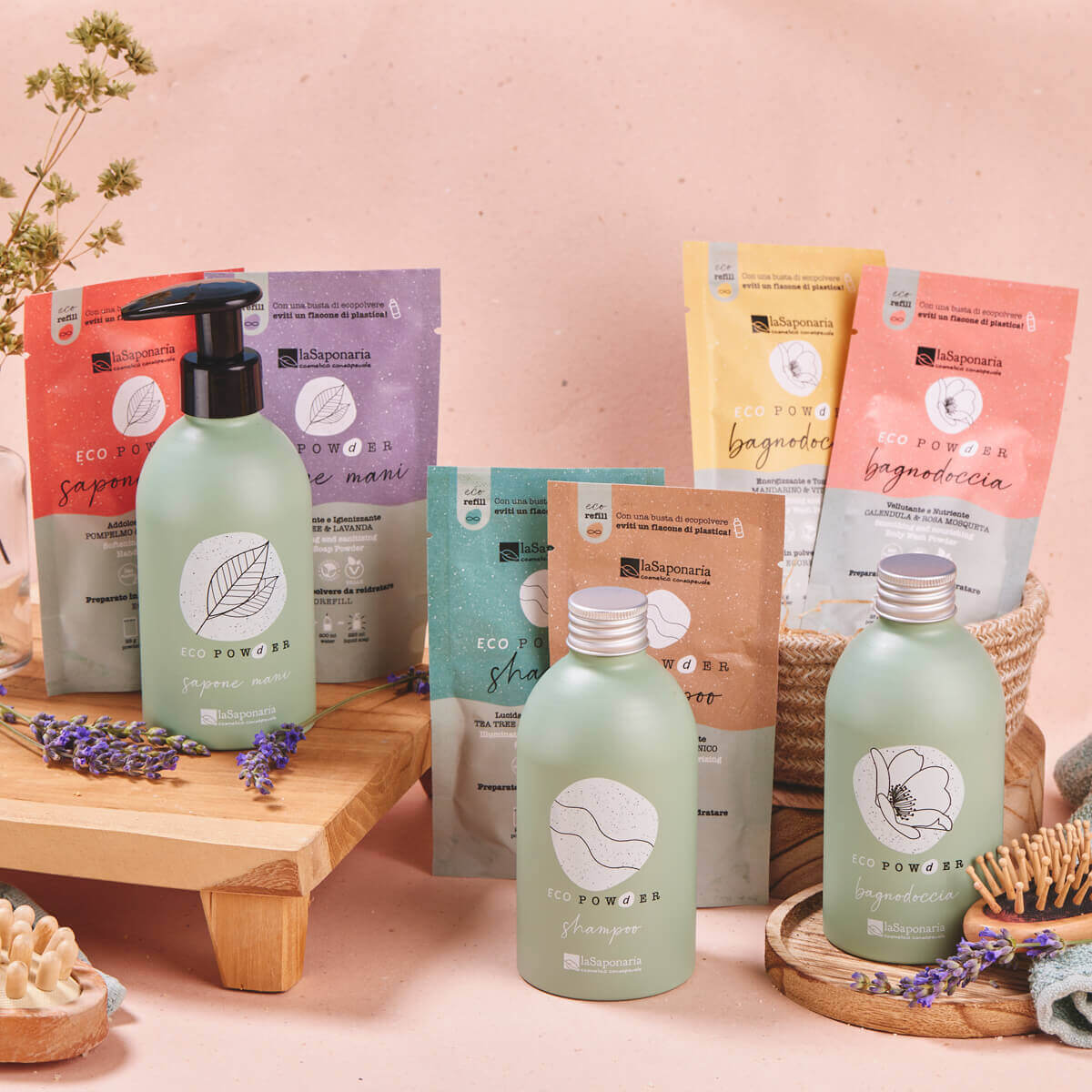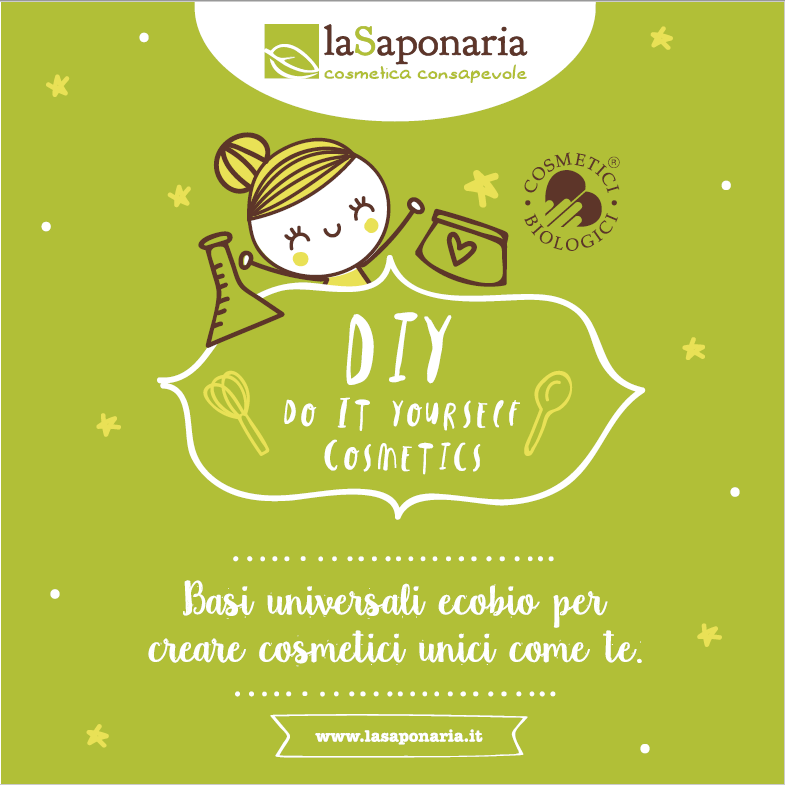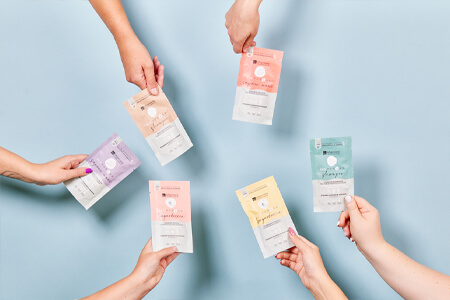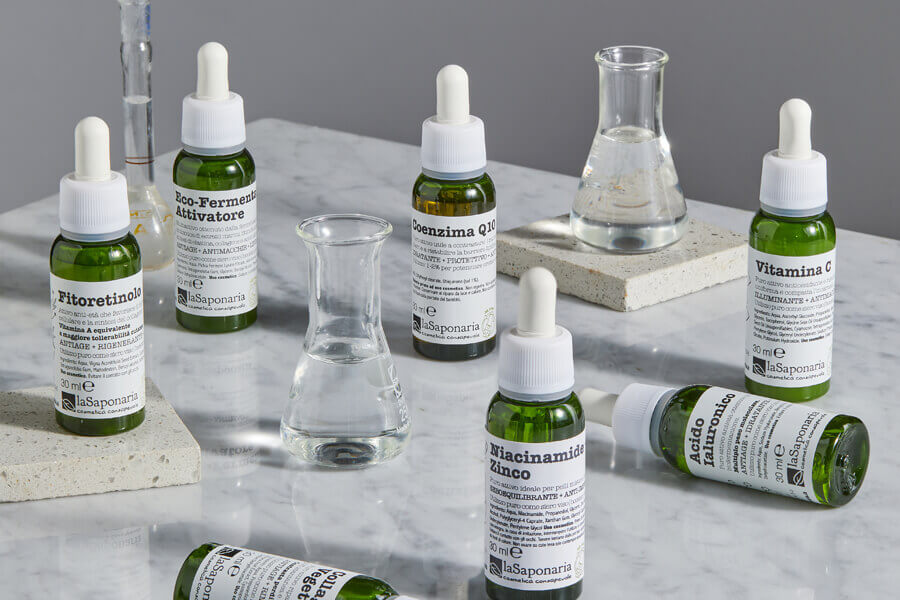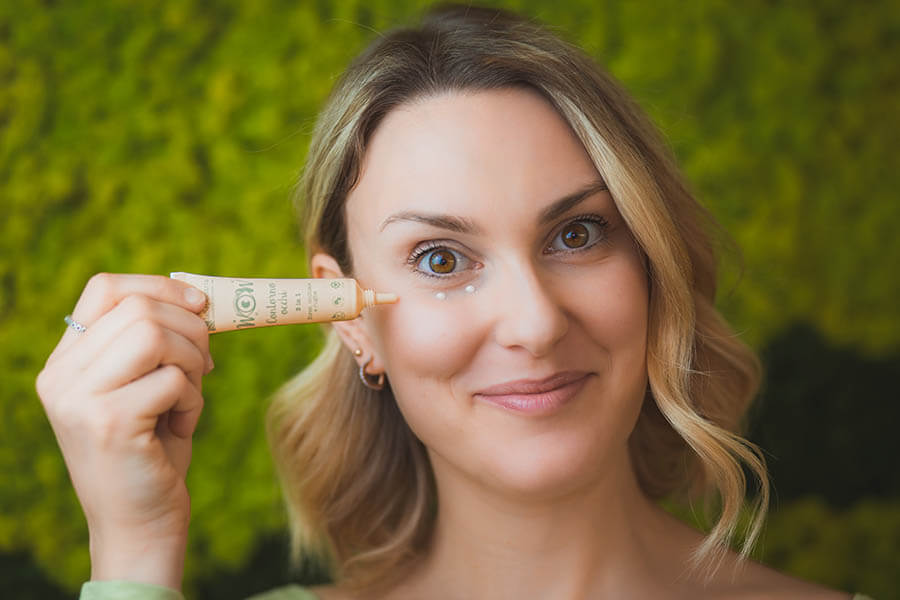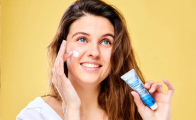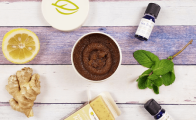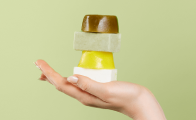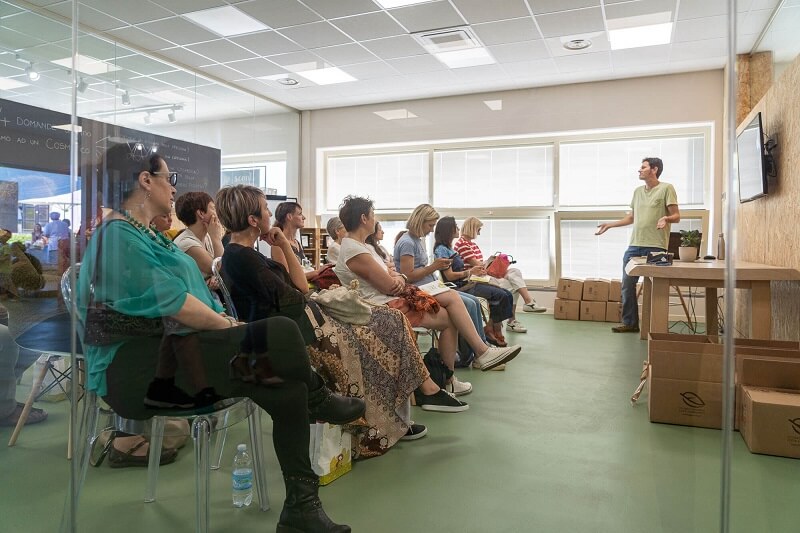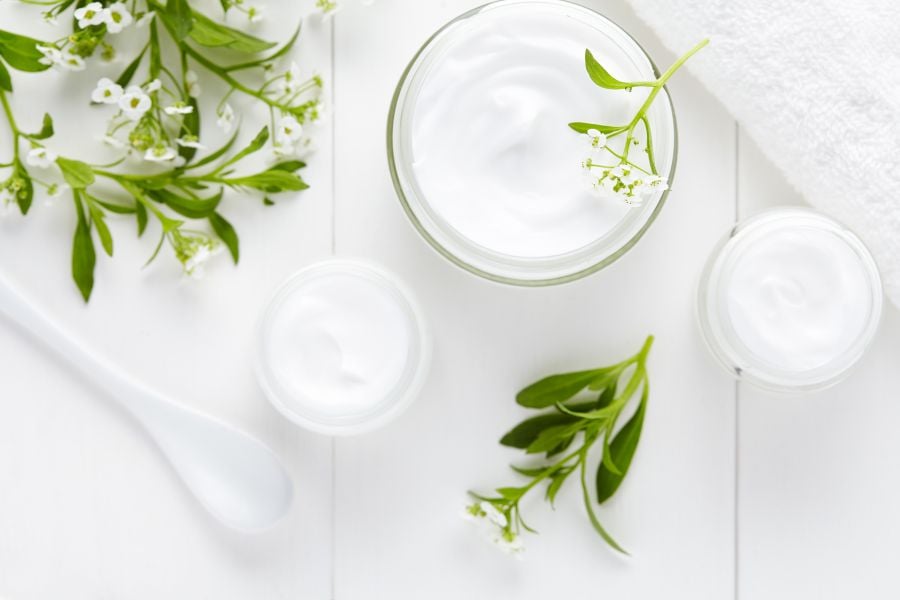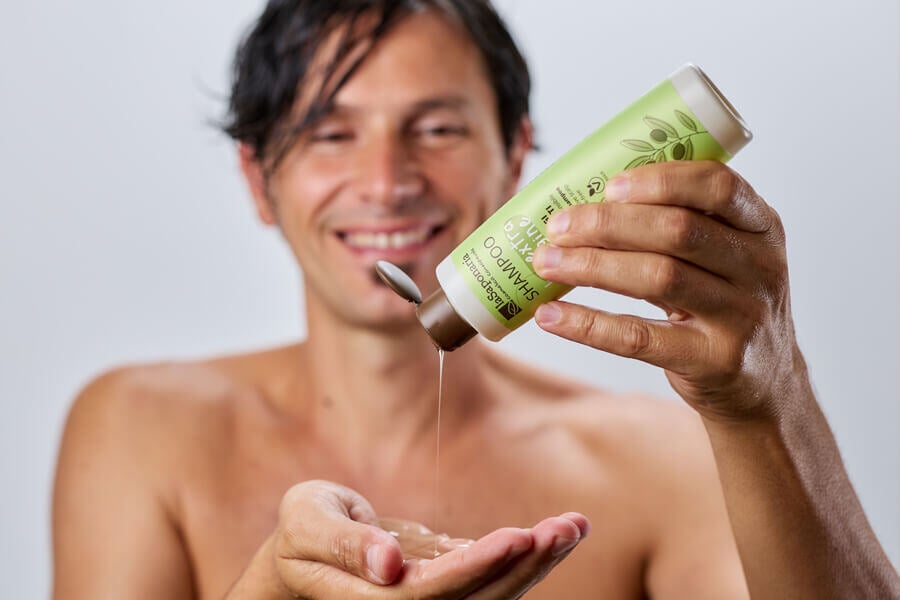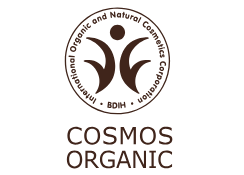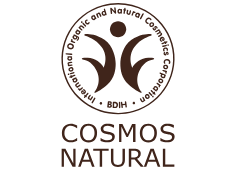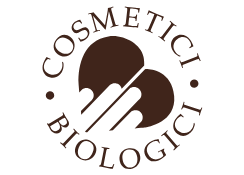The insights of La Saponaria
The importance of sunscreen, the factor that should not be underestimated
Every year we look forward to summer to enjoy a few days at the beach, lie down in the sun and get rid of the gray winter days and every year we hear the usual recommendations repeated: protect yourself, be careful of solar radiation, don't expose yourself to the sun during the hottest hours... why? What do we need to protect ourselves from? What are the physiological mechanisms that lead to the longed-for tan? Let's find out in this study on the importance of sunscreen.
The importance of sunscreen: what should it protect us from?
Solar radiation is generated by thermonuclear reactions that take place inside the core of the sun and are divided into frequencies or wavelengths.
Depending on the wavelength occupied by the radiation, we can distinguish three different types:
- Infrared radiation, mainly responsible for heating, is low energy and causes no harm.
- Visible radiation, which illuminates our earth and is only minimally responsible for tanning
- Ultraviolet radiation, the main responsible for tanning. Based on its different wavelengths it is divided into UV-A, UV-B and UV-C radiation.
UV radiation
The most important characteristic of UV rays is precisely the wavelength which also determines the depth of penetration into the skin.
- UV-A rays account for about 98% of the UV rays that hit the Earth. They are mainly responsible for tanning, but in the long run, given their high wavelength, they are able to penetrate deep into the dermis, damaging the skin even in the long term.
- UV-B rays make up 2% of the ultraviolet radiation that passes the atmosphere, have a lower penetration capacity and are unable to overcome the more superficial structures of the skin. However, the deleterious effects are important since they are capable of altering the genetic material contained in the DNA, increasing the risk of the appearance of skin tumours. UV-B radiation is much more effective than UV-A radiation in causing erythema, a typical superficial side effect of prolonged and uncontrolled exposure.
- UV-C rays are the most dangerous ultraviolet rays. They are particularly harmful to health as they have a high carcinogenic power. Fortunately, they are held back by the ozone layer and therefore have no particular effect on the skin.
How and why do we tan?
When we expose our skin to the sun's rays for a long time, we trigger a physiological defense mechanism that leads to the production of melanin, the substance responsible for the "tan" that acts like a real natural filter!
As our skin darkens, it will be less prone to damage caused by the sun, such as rashes and deeper and more important lesions.
As is evident, the production of melanin is different from person to person and is genetically determined on a hereditary basis.
In fact, each of us has a different phototype given by the color of his skin, that of his eyes and his hair which determines his tendency to tan and develop rashes.
There are 5 phototypes identified in dermatology: the lower the phototype, the higher its tendency to develop rashes and the greater the precautions to take before exposing yourself to the sun's rays.
How to protect your skin from UV rays?
Rule number one is gradual and protected exposure!
Depending on your phototype, choose the most suitable sunscreen and apply it both at the beach and in the city, with an eye towards the little ones who have even more sensitive and delicate skin, trying to avoid the hottest hours, i.e. the central ones of the day in which, in any case, exposure, even with protection, is absolutely not recommended!
Apply the product evenly before exposure without neglecting parts of the body such as the back of the hands, feet and the auricle.
Don't be fooled by what you see in the advertisements: THERE ARE NO TOTAL PROTECTIONS, TOTAL or 100% SCREENS, apply the cream several times during the day, about every two hours, especially after showers, baths at the beach or after sweating intensely!
If a sunscreen has an SPF of less than 6 the product CANNOT be declared a sunscreen. In any case, it is better to rely on sunscreens with very high protection with SPF 50+, high with SPF 30-50, medium with SPF 25-20-15 and low with SPF 10-6. It is not possible to declare numbers other than those just indicated!
Why is it important to protect yourself from UV rays?
Prolonged exposure to the sun without protection leads to important reactions that can be acute and delayed.
Acute reactions include erythema, edema, blisters and scaling, reactions ranging from redness to the formation of skin peeling.
Late reactions are instead represented above all by skin aging which manifests itself through the damage of the elastin fibers, the appearance of wrinkles, the progressive thinning of the skin and the dilation of the superficial capillaries.
The most serious consequence of chronic exposure to solar radiation is the increased incidence of skin cancers, such as melanoma.
These skin reactions to solar radiation depend not only on the phototype of the subject, but also on the amount of photo-traumas suffered during childhood.
In fact, it is necessary to remember that protecting the skin of children and adolescents is of fundamental importance also because numerous studies have shown that effective photoprotection at a young age can drastically reduce the incidence of melanoma in adults.

UV rays and photoaging: how are they related?
The causes of skin aging are many: on the one hand there are the physiological, genetically determined ones, given by the natural process of senescence of the cells; on the other there are environmental causes, such as pollution, smoking, stress, nutrition and UV rays. (to find out more about this topic you can read our article on mature skin here).
UV-A and UV-B rays trigger the release of free radicals in the face and body, molecules recognized as the main responsible for cell ageing.
Free radicals are unstable molecules or atoms because they have one less electron in the outermost orbitals, which drives them to try to stabilize themselves by binding with other radicals or with other nearby cells, giving rise to continuous chain reactions that can only be stopped by antioxidant substances, such as Vitamin C.
In this sense, it is easy to understand the importance of an ad hoc sunscreen for the face, which is anti-spot and anti-wrinkle by contrasting damage from UV rays.
When the presence of free radicals is counterbalanced by that of antioxidant substances, the body is in a state of equilibrium, when instead the concentrations of radicals increase, a pathological imbalance can be established in which more radicals are produced than the body is able to destroy, a condition known as oxidative stress.
The active substances to be researched for their antioxidant action are:
- Vitamin C: Vitamin C boasts a high antioxidant power. This means that it is able to deal with the harmful action of free radicals and slow down skin aging. In fact, this pure active ingredient is able to inhibit the overproduction of melanin which causes unsightly spots. It clears hyperpigmentations and reduces the risk of their appearance, making the skin bright and uniform!
- Coenzyme Q10: the oxidizing action of coenzyme Q10 slows down the pace of skin aging by acting on free radicals. This very pure active is at the same time able to restore the lipid barrier, promoting the proper functioning of cell membranes and carrying out a real protective action.
- Vitamin E: tocopherol, also called Vit. E is a powerful antioxidant, anti-radical, often associated with Vit. A because it protects against oxidation. It is a substance found in nature, in large quantities in wheat germ oil.
- Hyaluronic acid: a natural substance present in our skin, a fundamental component of connective tissues. As age progresses, it manifests a lack of
hyaluronic acid: weakening of the tissues, wrinkles and blemishes. A replenishment from the outside is very beneficial to the epidermal layer of the face: it stimulates the formation of collagen, has anti-inflammatory properties, helps in healing and helps protect the body from viruses and bacteria. - Extra virgin olive oil: contains a significant concentration of antioxidant active ingredients and is particularly suitable for treating dryness and dehydration. It also has a soothing action on redness and is well tolerated even by the most sensitive skins.
- Blueberry constitutional water: very rich in vitamins, organic acids and natural antioxidants, all substances considered protectors par excellence of the capillary microcirculation.
- Pomegranate constitutional water: it is a real mine of phytocomplexes that help the beauty and health of our skin and is very rich in minerals and antioxidants, essential for counteracting oxidative stress, promoting the formation of new cells and regenerating skin tissue.
- Sunflower: rich in vitamin E and vitamin B6, powerful antioxidants. The extract also contains minerals, such as phosphorus, manganese, zinc and iron, which are useful for energy development and the correct functioning of the organism.
- Bisabolol: has soothing and anti-reddening properties, a softening effect, especially on particularly delicate, irritated, damaged skin, exposed to the sun and for chapped lips. It also has excellent skin tolerance.
- Aloe vera: refreshing and soothing power. Tensor effect of small wrinkles, excellent for lightening spots due to excessive exposure to the sun and for healing any wounds afterwards. Strong antioxidant, healing and re-epithelializing action.
- Gamma oryzanol: it is mainly extracted from the rice plant and is known for its strong antioxidant properties and for its shielding action against UVA rays.
- Baobab oil: very rich in antioxidants and vitamin C. Gives elasticity and nourishment to all skin types, even dry and dehydrated ones, soothes redness and inhibits redness.
- Green tea: very rich in polyphenols, to which it owes its great antioxidant properties, green tea extract also has a protective action on the microcirculation.

Written by Simona
She is La Saponaria’s digital writer: always juggling a newsletter to send and a blog article to publish, she lovingly takes care of our social media channels and our e-commerce.


